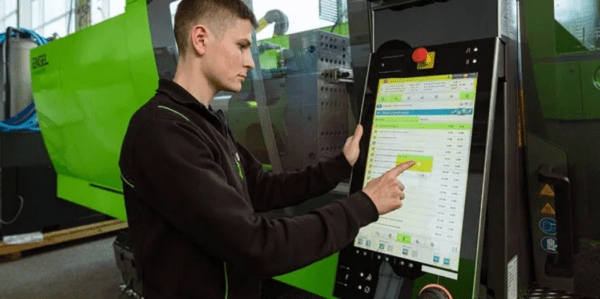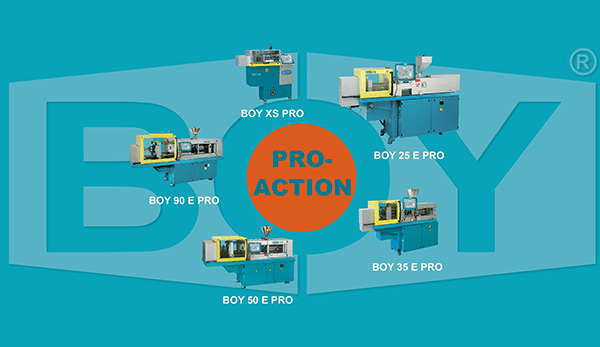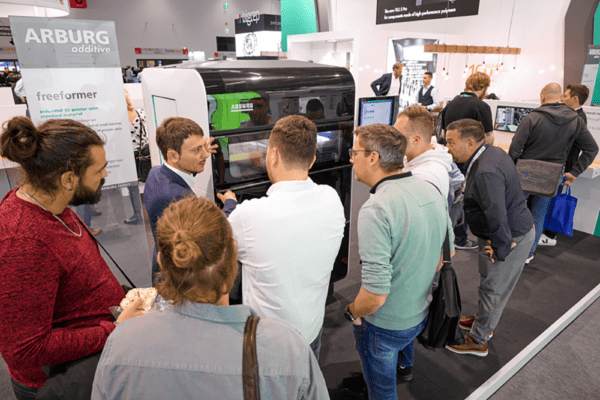
3D Printing Creates Efficiencies in Injection Moulding | Rosti Group Blog
In the world of plastics manufacturing, there has been a definitive line between 3D printed parts and plastic injection moulded parts. However, in recent years, that line has blurred as more injection moulders not only see the value in 3D printing for prototyping parts or low-volume runs but also to help create efficiencies in their own manufacturing processes.
While using 3D printing to improve injection moulding outcomes is not always common practice, the Rosti Group‘s forward-thinking engineers at PCI have identified areas where additive moulding plays a significant role in enhancing machine functionality.
3D printing is an additive process where parts are created as plastic is often built up layer by layer by a number of different methods. This process can be viewed in real-time, which is often useful during the progression of prototype development and part qualification.
3D printing is used most often for:
- Quick turnaround of hours for a part or days/weeks for a small number of parts
- Low-volume production runs (from <100 up to 1000’s of parts)
- Designs which may still be fluid and incur frequent changes or alterations
- Small parts or components that are otherwise difficult to manufacture
- Injection moulding uses steel or aluminium moulds where molten plastic material is flowed into the mould and cooled until the finished part is complete.
Injection moulding is best used for:
- Longer turnaround times (5 weeks or more)
- High-volume production (1,000+ parts)
- Parts that have already been qualified and tested in the prototyping process
- Any size part
- Any level of complexity
While injection moulding is the predominant process run in PCI’s facilities, the team works with prototype moulding partners to create components that are capable of being tested, marketed, or used for short-term or low-production needs. In addition to this service, PCI’s engineering team has identified many areas where the use of in-house 3D printing, specifically, can improve the efficiency of processes and machine functionality for the company.
To read the full blog, including a Q&A with Engineering Manager, Kurt Behrendt, discussing how PCI uses innovative 3D printing practices, click here.
Read more news from Rosti here.
Rosti
01759 488990
Website
Email






